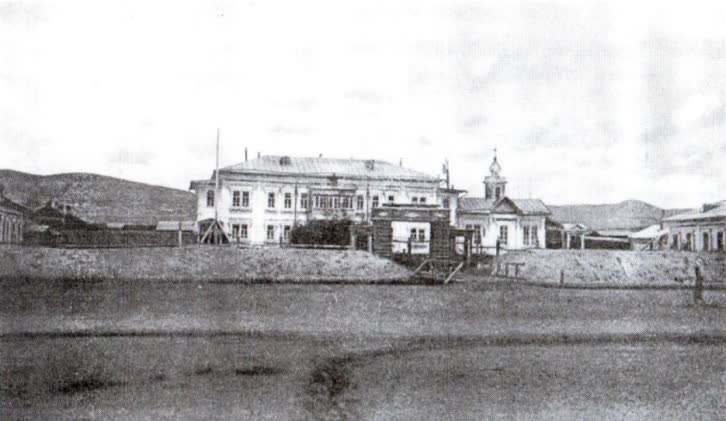Ulaanbaatar city
ULAANBAATAR CITY

Ulaanbaatar, often referred to as UB, is the capital and largest city of Mongolia. It is located in the north-central part of the country, nestled in a valley along the Tuul River. Here are some key features and highlights of Ulaanbaatar:
- Historical and Cultural Landmarks: Ulaanbaatar is home to several historical and cultural landmarks that showcase Mongolia's rich history and heritage. The Gandan Monastery, built in the 19th century, is one of the most important Buddhist monasteries in Mongolia. The Bogd Khan Palace Museum, once the residence of Mongolia's last monarch, offers insights into the country's royal history. The National Museum of Mongolia houses a vast collection of artifacts representing Mongolian history and culture.
- Sukhbaatar Square: The central square of Ulaanbaatar is Sukhbaatar Square, named after Damdin Sukhbaatar, a national hero of Mongolia. It is a popular gathering place and often hosts cultural events, celebrations, and political rallies. The square is also home to important government buildings and the Parliament House.
- Shopping and Markets: Ulaanbaatar offers a variety of shopping experiences, ranging from modern malls to traditional markets. The State Department Store, located near Sukhbaatar Square, is a popular shopping destination for clothing, souvenirs, and household goods. The Black Market (Naran Tuul Market) is known for its wide range of goods, including traditional Mongolian clothing (deels), cashmere products, and local crafts.
- Cultural Performances: Visitors can enjoy traditional Mongolian music, dance, and throat singing performances in Ulaanbaatar. The Tumen Ekh Ensemble and the State Academic Theatre of Opera and Ballet are renowned for their performances of Mongolian folk arts and classical arts, respectively.
- Parks and Recreational Spaces: Ulaanbaatar has several parks and recreational areas where residents and visitors can enjoy outdoor activities. The Bogd Khan Mountain National Park, located on the southern outskirts of the city, offers hiking and nature trails. The Tuul River Valley, just outside Ulaanbaatar, is a popular spot for camping, picnicking, and horseback riding.
- Modern Infrastructure: Ulaanbaatar is a bustling city with modern infrastructure, including high-rise buildings, shopping centers, restaurants, and hotels. The city's skyline continues to evolve with new developments and architectural projects.
Ulaanbaatar serves as the cultural, economic, and political center of Mongolia. It offers a mix of traditional and modern elements, providing visitors with a glimpse into Mongolia's unique heritage and a taste of urban life in the country.
RELATED TOURS
The Choijin Lama Temple, also known as the Choijin Lama Monastery or the Choijin Lama Museum, is a historic Buddhist temple located in Ulaanbaatar, the capital city of Mongolia.
Ulaanbaatar, often referred to as UB, is the capital and largest city of Mongolia. It is located in the north-central part of the country, nestled in a valley along the Tuul River.
The Central Museum of Mongolian Dinosaurs, also known as the Mongolian Paleontological Center, is a prominent museum located in Ulaanbaatar, the capital city of Mongolia.


